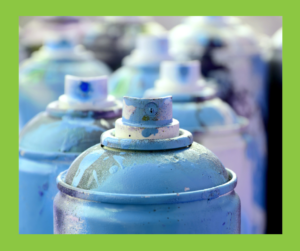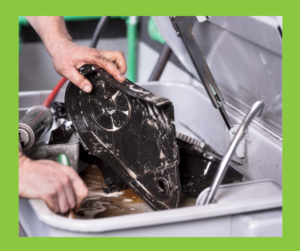Safer Alternatives for Toxic Chemicals and High VOC Content Industrial Formulations
The trainings focused on low-VOC, low toxicity formulations, and non-chemical alternatives to toxic and high VOC content formulations used extensively today in three application areas.
- Graffiti management
- Parts cleaning and automotive aerosol cleaning in auto repair facilities
- Parts cleaning, coating equipment cleaning, hand wipe cleaning, and thinning in industrial facilities
The fourth and fifth sessions go into greater detail on some of the safer formulations and technologies that are available commercially.







